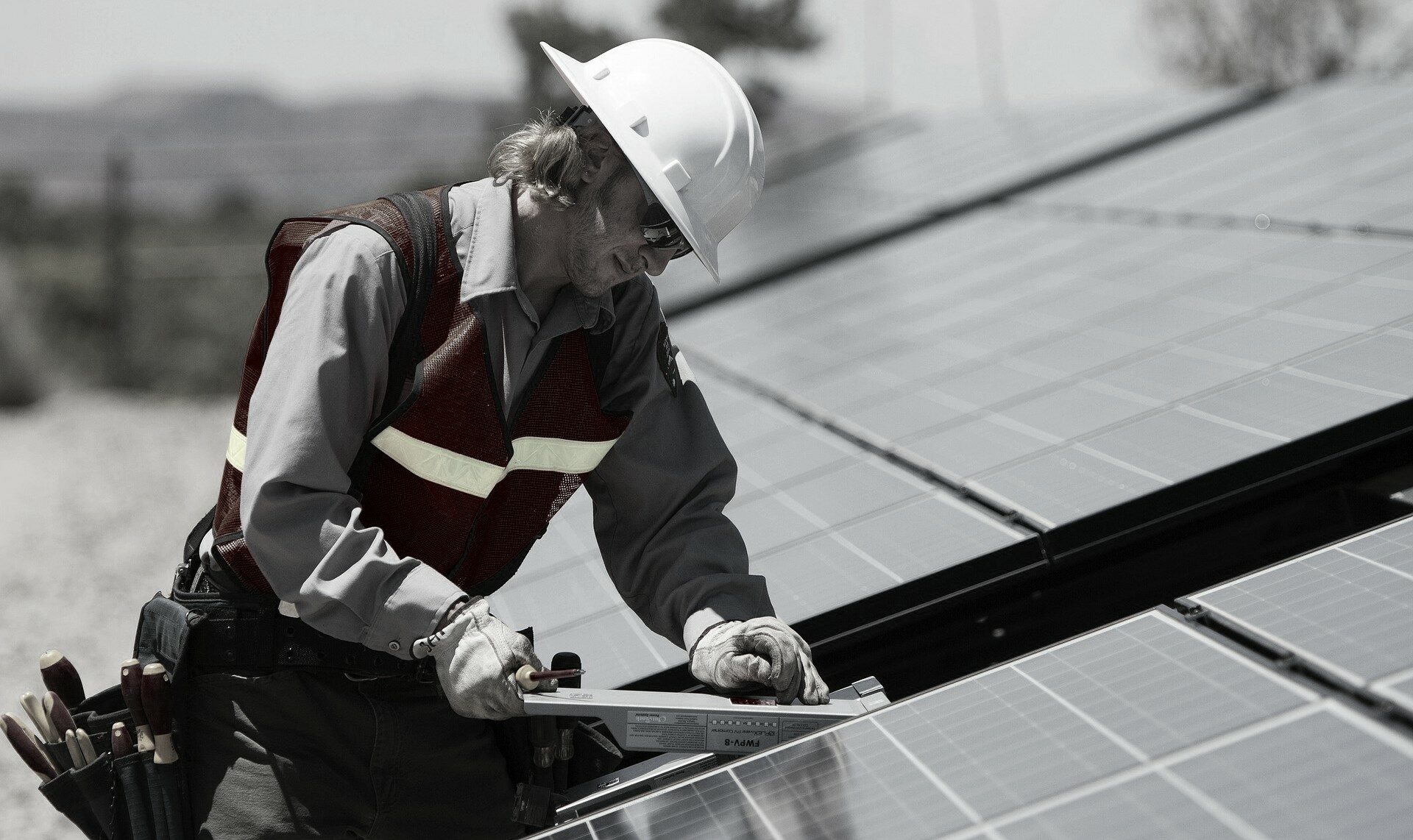The Certification of PV facilities from a third independent body arises from thenecessity for checking if:
- The studies of construction, operation and performance of the installation have applied bythe manufacturer.
- The current specifications, technical guidelines and standards, which ensure the required levels of performance and security of investment have been applied
The above two items, can completely be satisfied by:
- The Certificate (issued after successful inspection) and
- The Technical Report of the Inspection, which is attached to the certificate
With these documents, output of the inspection process, are guaranteed:
- The investors (banks, insurance companies, public authorities, privet investors, etc.)
- The prospective buyer who normally does not have the necessary information and the knowhow of the material used and the method of manufacturing.
1. SWISS APPROVAL PV INSPECTION AND CERTIFICATION SERVICES STRUCTURE
SWISS APPROVAL, based on European and International Standards for the Inspection ofphotovoltaic installations, as well as using and utilizing the vast expertise of, has developed andoffers a variety of controls and inspections, of PV installations, depending on the phase of theproject.
Mainly SWISS APPROVAL offer 2 kind of services:
1.1. Third Part Independent Inspection for the development and validation of studies and Planning as well as for the Supervision during the Implementation phases. The service is based on a mutually agreed Analysis of the Critical Phases of the Projects, which demand the Inspection and reporting by SWISS APPROVAL TECHNISCHE BEWERTUNG. If the whole project is successfully inspected, a Final Full Inspection and Commissioning Report is issued along with a Certificate of Conformity according to EN 62446:2009
1.2. Third Part Independent Inspection and Commissioning Report for the Certification for PV plants connected to the Grid.
In particular this service consists of:
- Studies Review
- On site Inspection for the Implementation of the studies and the Directives-Regulations in Power, during the Construction and the Electrical connections,
- Measurement of Performance.
- If the whole project is successfully inspected, a Final Full Inspection and Commissioning Report is issued along with a Certificate of Conformity according to EN 62446:2009.
2. PROJECT INSPECTION PHASES
2.1 Documentation Audit
During this phase all the documentation of the studies of PV installation is reviewed. More specifically we are reviewing of:
- Energy study siting and the architecture.
- The expected performance
- Foundation study
- Study
- Qualification certificates of selected equipment for installation and in particular of the selected PV modules. Specifically, conformity to the following IEC Standards will be examined:
– 61215 (for Crystalline Silicon Modules)
– IEC 61646 (for thin film modules)
– IEC 61730 (module safety)
– IEC 60364 (low voltage electrical installations)
- Electrical study and correlation with the standards in force, in particular withEN 61643(Surge protective devices connected to low-voltage power)
- Sizing String – Inverter.
2.1.1 Checking of shading
2.1.2 Orientation of PV Frames
2.1.3 Slope Cradle PV Modules
2.1.4 Static Efficiency Study
– Certificate of static efficiency of supporting system (according EUROCODES)
– Pile Study – Control of distance ramming
2.1.5 Review of Plan drawings
2.1.6 Single-line diagrams
2.1.7. Statement by an Engineer Officer of the appropriate specificity for the proper functioning of the entire system (presented in and attached the Technical Description for the avoidance of islanding)
2.2. On site inspection of the project
It is based on the internal process of SWISS APPROVAL.
The process is broken down into 6 individual checklists, completed by inspectors in a specific order and coding which are attached to the Technical Inspection Report, in the form of 6 annexes.
The Technical Inspection Report includes 6 chapters describing, in brief, what and how it is inspected, analyzes comparing those who have settled in relation to the studies (Comparison with the Technical Documentation), discussed all the findings (if any) and is an overallgeneral evaluation at the end, by which it is proposed or not to issue a certificate
Then indicative individual characteristics are controlled. The exact checklists aware of them, with the acceptance of our offer, since they are controlled documents of our organization.
2.2.1 Control of the Protection of PV Systems
- Grounding.
- Lightning Protection
- Measuring cable insulation
2.2.2 Control of the Inverter Installation
- Sitting of Infrastructure
- Protection against islanding ( VDE 0126-1-1 or IEC 62116)
- Dimensioning
2.2.3 Checking certificates of materials
- Database–MaterialAssembly(and the correspondingdelivery notes).
- Cables
- Electrical Material
2.2.4 Checking bases of the installation
- Tilt Control
- Distance of ramming
- Thickness of galvanization according to EN 1461:2009 (in the case of steel structures) or depth of anodization (for anodized aluminium mounts).
- Tightening torques
2.2.5 Control of the installation of PV panels
2.2.6 Checking Strings. The control consists of measuring the open circuit voltage and short circuit current of strings
2.2.7 Measurement of the Performance by means of the curves IV (Intense, Voltage) and by checking the following parameters
- Insolation by Pyranometer
- Temperature of Reference Cell
- Ambient Temperature
- Temperature of panels
By controlling these parameters creates a reduced set of measurements in «Structural Test Conditions»
2.2.8 Electrical Interface Control
2.2.9 Potential Risk Assessment
2.3 Checking Network Connection

